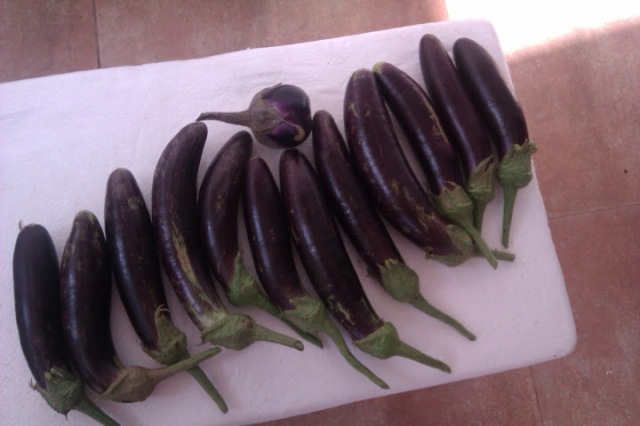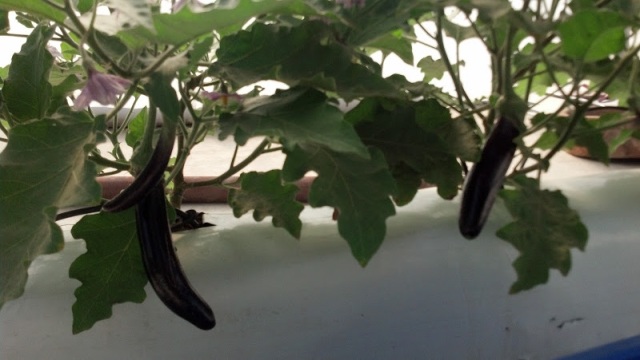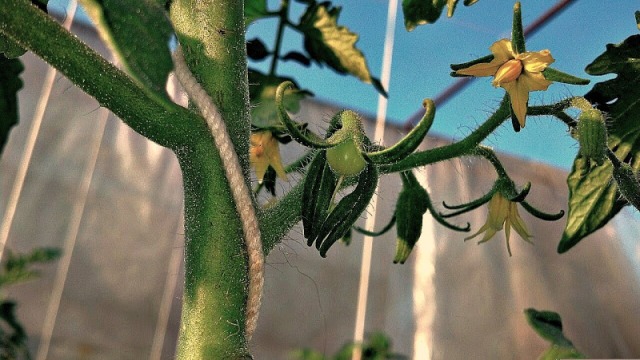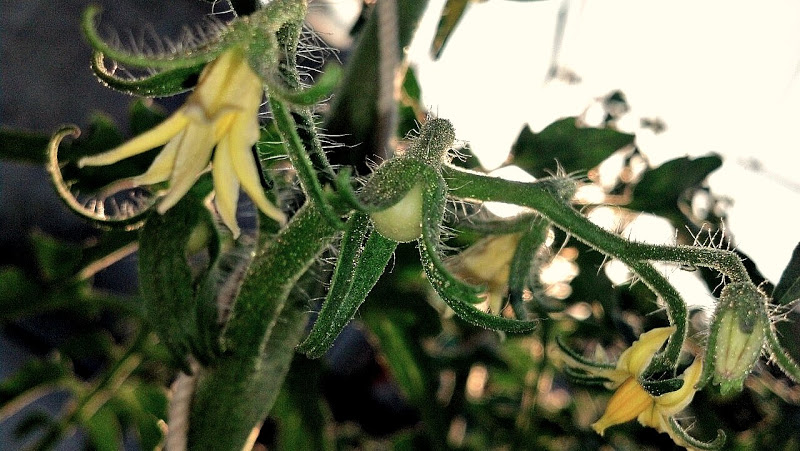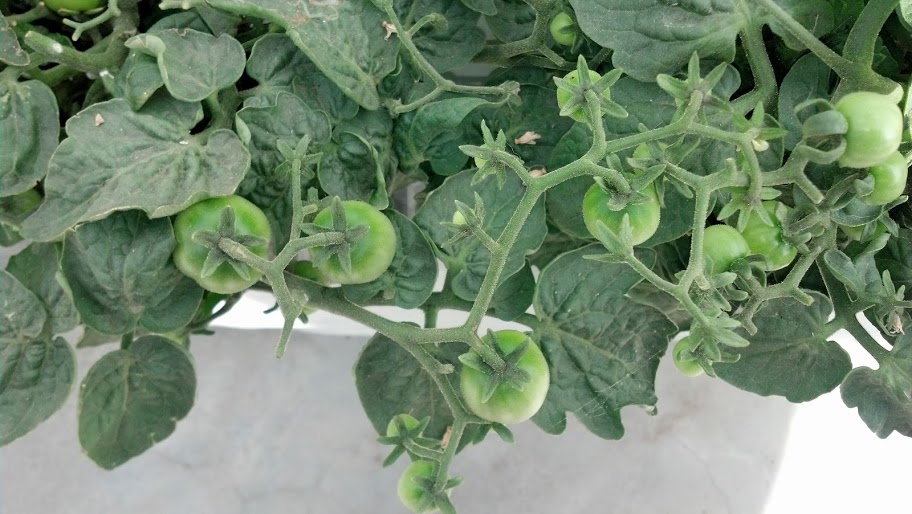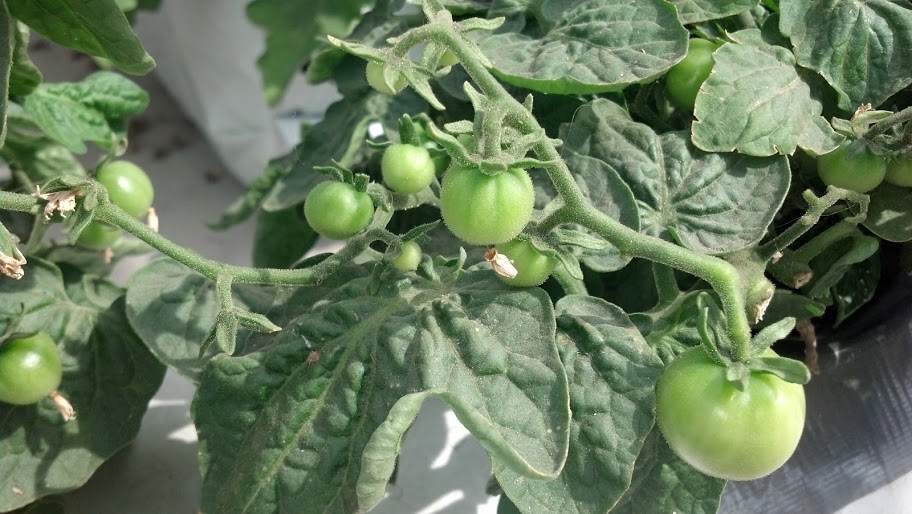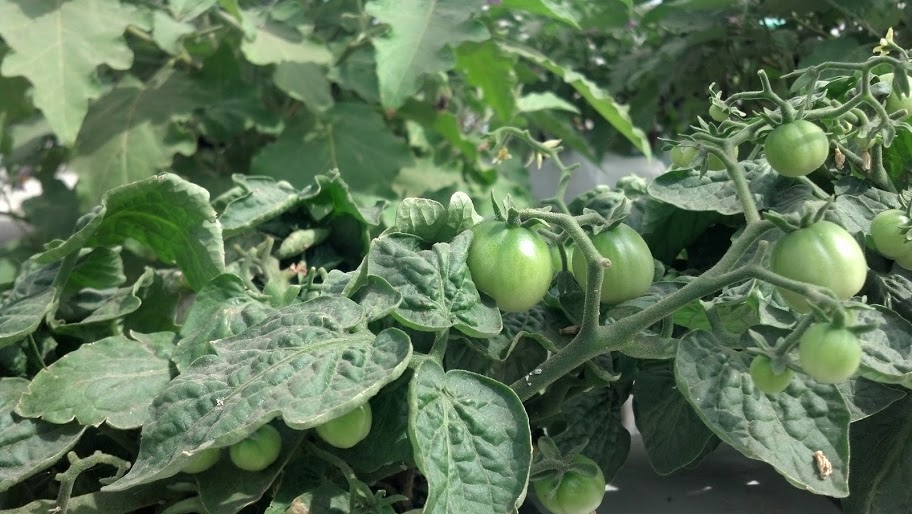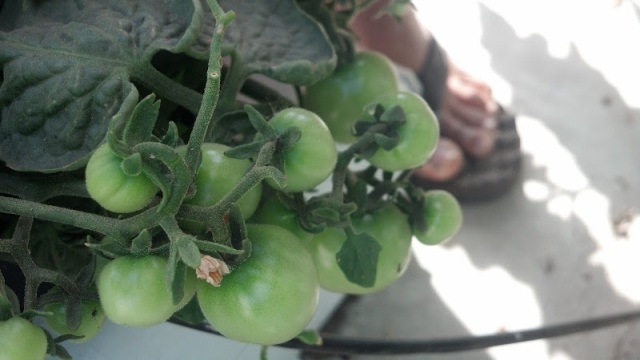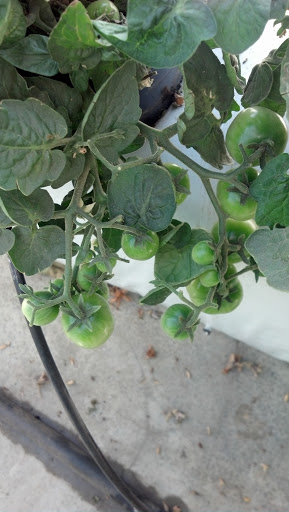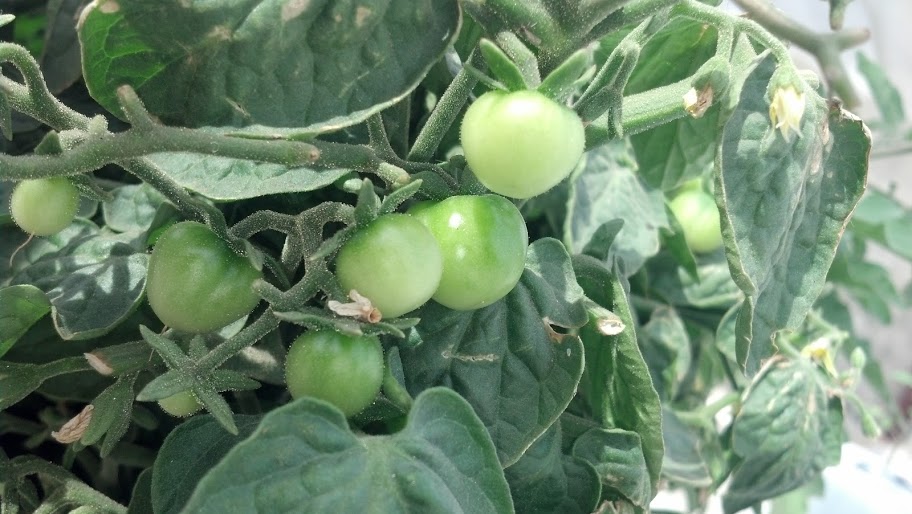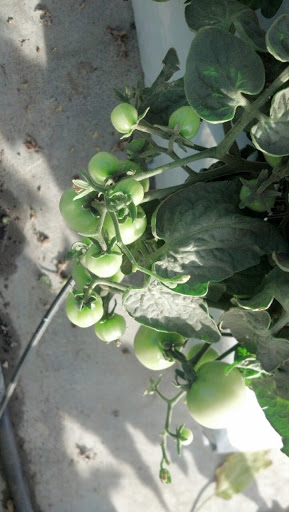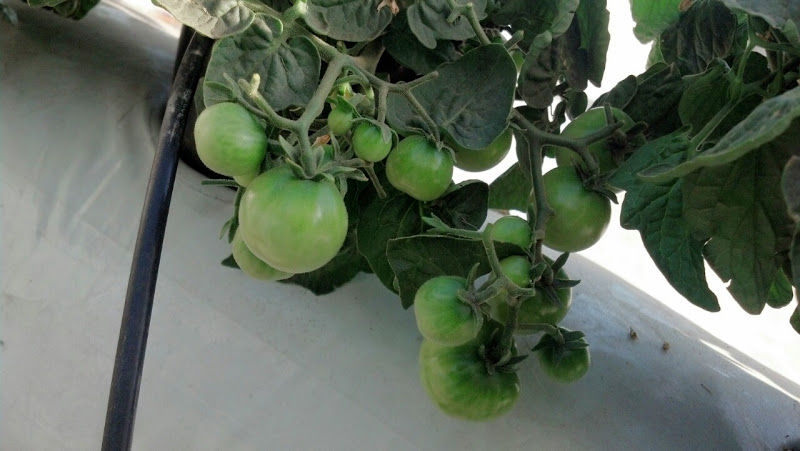There are many growing systems in the Hydroponics world today, some time tested, some slight customized, some dare devil, based on a growers requirement & preference they can decide on their own growing systems. As in India Hydroponics is very new hence hobby gardeners like me go for DIY systems. Most of the these systems can be made at home with the proper kind of tools & with the proper pair of hands ;).
NFT as we know, Nutrient Film technique is one of the most widely used hydroponic systems in the world. NFT is technique wherein a very thin stream of water containing all the dissolved nutrients required for plant growth is circulated continuously past the roots of the plants in a round or square gully, also known as channels. In an ideal system, the depth of the recirculating stream should be very shallow, little more than a film of water, hence the name 'nutrient film'. This ensures that the thick root mat, which develops in the bottom of the channel, has an upper surface, which, although moist, is in the air. Subsequent to this, an abundant supply of oxygen is provided to the roots of the plants. A properly designed NFT system is based on using the right channel slope, the right flow rate, and the right channel length. The main advantage of the NFT system over other forms of hydroponics is that the plant roots are exposed to adequate supplies of water, oxygen and nutrients. In all other forms of production, there is a conflict between the supply of these requirements, since excessive or deficient amounts of one results in an imbalance of one or both of the others. NFT, because of its design, provides a system wherein all three requirements for healthy plant growth can be met at the same time
Said enough - Lets build the system--
You need below things to build NFT system which you will see at the end of this post--
1. 4 Inch diameter PVC Pipe 12 Foot Cut into 3 pieces ( 5foot x2 & 2foot x1)
2. 3 Elbow Joints
3. 1 End cap of 4 Inch
4. Tank Nipple
5. Drill Machine with Hole Saw attachment
6. PVC binder
7. NetPots of 55 MM
8. Hydrotons Or Rock wool (Preferable Hydrotons)
9. Pipe to connect the drainage
10. Pipe to connect the Submersible water Pump
11. Submersible water pump
Lets build it now--
Now the pictures will do most of the talking..
You need to make 52mm holes using the hole saw drill in the PVC pipes, make sure the holes are in the same line and are drilled at equal distance from each other.
Once you make the holes, attach the 3 pipes with the elbow joints, it should looks like below-
Now prepare the end-cap, make a small hole in the end-cap at a point where it can still hold some water and pass the most. Like this
Attach a tank nipple to the end-cap
Now fix a pipe of the tank nipple size, any sort of flexi pipe should do the job, but make sure not to use a transparent pipe.
End-cap should look like below once the tank nipple is attached...
Put the end cap on one of the two ends of the pipe structure..
Attach another elbow joint at the other end.. system is almost ready now
This end will be used to pump the nutrient solution..
Now the reserviour
System's live a running now-
Make sure to do the leveling right, do not bind the end-cap using PVC binder at this point or even later, the cap is tight enough to not do any leaks. Keeping it loose will allow to you set the water level. In the beginning when the roots are in the netpot you need the water level to be higher, so at that time keep the drain level of the end-cap at middle or at the top, once the roots touch the bottom of the pipe you can turn the end cap to set the level such that only a thin film of water keeps flowing under the roots. Roots exposed over the water will absorb oxygen, that's the very essence of this system, so set the level right at the right time.
Root growth in 5 days..
More about this project later..
See ya..
NFT as we know, Nutrient Film technique is one of the most widely used hydroponic systems in the world. NFT is technique wherein a very thin stream of water containing all the dissolved nutrients required for plant growth is circulated continuously past the roots of the plants in a round or square gully, also known as channels. In an ideal system, the depth of the recirculating stream should be very shallow, little more than a film of water, hence the name 'nutrient film'. This ensures that the thick root mat, which develops in the bottom of the channel, has an upper surface, which, although moist, is in the air. Subsequent to this, an abundant supply of oxygen is provided to the roots of the plants. A properly designed NFT system is based on using the right channel slope, the right flow rate, and the right channel length. The main advantage of the NFT system over other forms of hydroponics is that the plant roots are exposed to adequate supplies of water, oxygen and nutrients. In all other forms of production, there is a conflict between the supply of these requirements, since excessive or deficient amounts of one results in an imbalance of one or both of the others. NFT, because of its design, provides a system wherein all three requirements for healthy plant growth can be met at the same time
Said enough - Lets build the system--
You need below things to build NFT system which you will see at the end of this post--
1. 4 Inch diameter PVC Pipe 12 Foot Cut into 3 pieces ( 5foot x2 & 2foot x1)
2. 3 Elbow Joints
3. 1 End cap of 4 Inch
4. Tank Nipple
5. Drill Machine with Hole Saw attachment
6. PVC binder
7. NetPots of 55 MM
8. Hydrotons Or Rock wool (Preferable Hydrotons)
9. Pipe to connect the drainage
10. Pipe to connect the Submersible water Pump
11. Submersible water pump
Lets build it now--
Now the pictures will do most of the talking..
You need to make 52mm holes using the hole saw drill in the PVC pipes, make sure the holes are in the same line and are drilled at equal distance from each other.
The below attachment is the hole saw
Now prepare the end-cap, make a small hole in the end-cap at a point where it can still hold some water and pass the most. Like this
Attach a tank nipple to the end-cap
Now fix a pipe of the tank nipple size, any sort of flexi pipe should do the job, but make sure not to use a transparent pipe.
End-cap should look like below once the tank nipple is attached...
Put the end cap on one of the two ends of the pipe structure..
Attach another elbow joint at the other end.. system is almost ready now
This end will be used to pump the nutrient solution..
Now the reserviour
Reserviour doesnt have to be big, I only had a big one so i used it. Make holes for the drainage pipe & the pump.
System's live a running now-
Make sure to do the leveling right, do not bind the end-cap using PVC binder at this point or even later, the cap is tight enough to not do any leaks. Keeping it loose will allow to you set the water level. In the beginning when the roots are in the netpot you need the water level to be higher, so at that time keep the drain level of the end-cap at middle or at the top, once the roots touch the bottom of the pipe you can turn the end cap to set the level such that only a thin film of water keeps flowing under the roots. Roots exposed over the water will absorb oxygen, that's the very essence of this system, so set the level right at the right time.
Root growth in 5 days..
More about this project later..
See ya..












